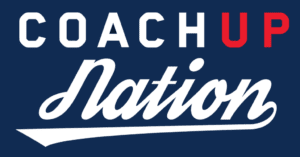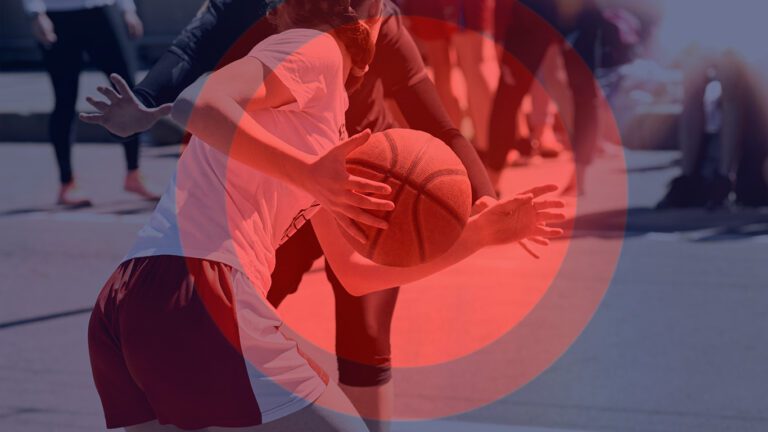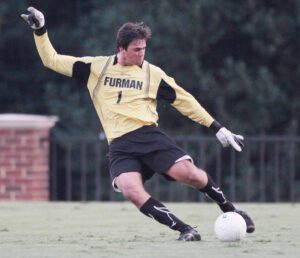When it comes to basketball training, there’s often a gap between what players practice in drills and what they do in games. For athletes to reach their full potential, the key is designing drills that mimic real in-game scenarios. This means focusing on body movements, positioning, decision-making, and conditioning, all while honing fundamental skills. Below are a few principles for designing drills that will directly translate to in-game success.
Mimicking In-Game Body Movements
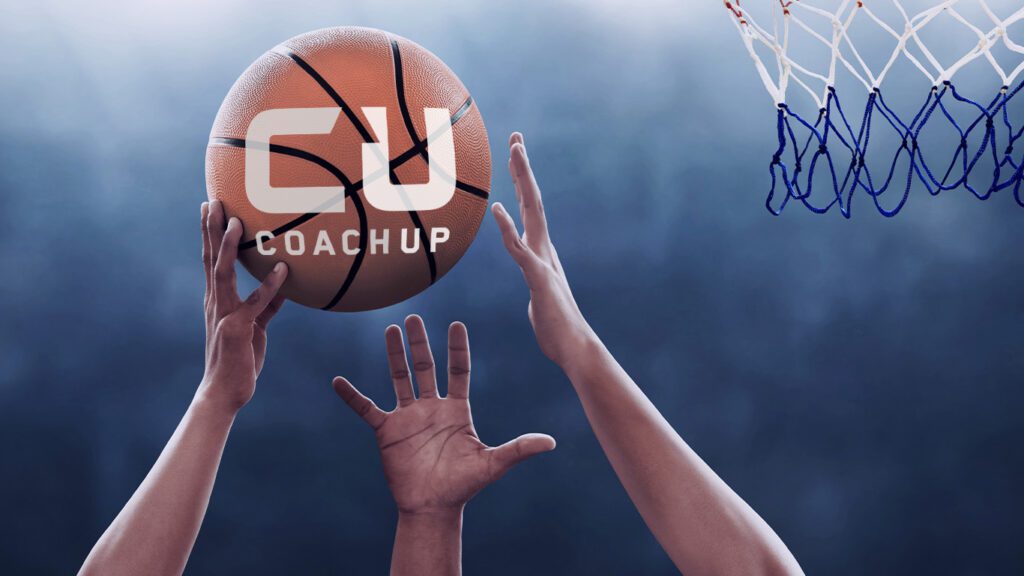
Basketball is a dynamic sport where players are constantly changing direction, adjusting to defenders, and finding open lanes. Drills must reflect these actions by engaging in the same body mechanics a player will use in a game. For instance, one effective drill involves having players execute straight-line drives toward specific spots on the court, simulating the motion of attacking a defender to get off a clean shot. The player must focus on the angle of approach and use proper footwork to maintain control and balance.
Incorporating realistic movement patterns ensures players aren’t just going through the motions but are actively preparing for game situations. A well-designed drill will mimic a defender’s positioning, forcing the offensive player to think about how they would react under pressure.
Considering the Game’s Complexity
Basketball isn’t played in isolation. There are always nine other players on the court, each with their own movements and intentions. This is why drills cannot just focus on individual skill development but must account for the complexity of angles, spacing, and timing. For example, you can’t just practice offensive moves in a vacuum. Drills need to consider defensive players, help defense, and how the ball moves around the court. The offense must move with the purpose of creating angles for attacking, and drills should reflect this interplay.
One great example is teaching the spacing needed to get a clean shot off when defenders are actively moving. For players to be successful, they need to train in environments that simulate real game scenarios, where they must navigate defenders and make decisions quickly. This builds awareness and promotes basketball IQ while reinforcing fundamental skills.
Conditioning While Training
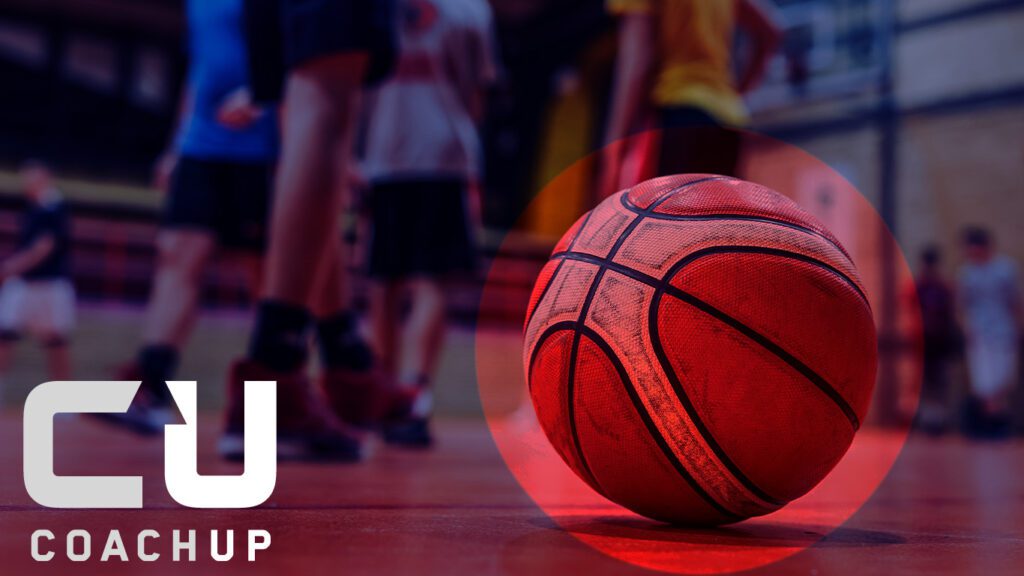
Basketball is a fast-paced game that requires constant movement. Therefore, training should focus on conditioning as much as skill development. Effective drills should push players to move at game speed, with minimal rest, to replicate the demands of a full game. Incorporating conditioning into drills not only builds stamina but also trains players to perform under fatigue, a crucial skill for game situations.
For instance, running full-court drills that involve dribbling, shooting, and passing under pressure can simulate the end-to end pace of a game while ensuring the player maintains focus. By pushing players to execute techniques while they are fatigued, you build mental toughness and ensure that players can still perform when their bodies are tested in high-pressure game situations.
The Importance of Fundamentals and Footwork
As coaches, it’s vital not to let players develop bad habits. Correcting footwork, shooting form, and basic techniques early on is essential. Fundamental skills provide the foundation upon which players can build creativity and flair. A player who can attack the basket with solid footwork, for example, is far more effective than one who relies on hasty, inefficient movements.
For example, in shooting drills, it’s important to emphasize proper foot placement, balance, and follow-through, even when the athlete is fatigued or rushed. Only once these foundational skills are mastered can players start adding their own creativity and style to their game. Whether a player is making a quick decision in the paint or pulling up for a jump shot, proper footwork and technique will always enhance their ability to execute.
Emphasizing Both Hands and Versatility
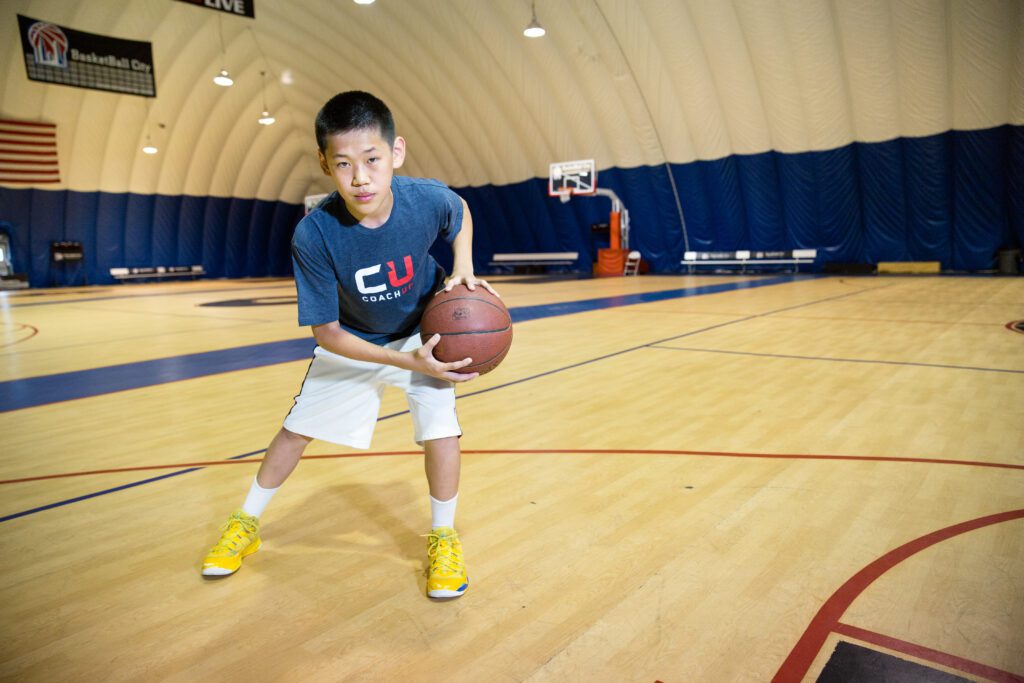
Great basketball players are versatile, capable of playing on both sides of the court and using both hands effectively. Drills should encourage players to develop their weak hand, making them unpredictable and more effective in all areas of the game. Ambidexterity is particularly useful in a game, allowing players to finish drives or create plays regardless of which hand they need to use.
Drills should require players to handle the ball with both hands, whether it’s dribbling, passing, or shooting. For example, alternating hands on a layup drill forces players to improve their weak-hand finishing and ensures they can be effective when driving down either side of the court.
Incorporating Basketball IQ
Basketball is as much a mental game as it is a physical one. Drills should teach players not just how to do something but why they are doing it. Understanding the reasoning behind each drill and how it translates to in- game situations builds basketball IQ and prepares players for decision-making on the fly.
For example, teaching a player how to properly execute a pick-and-roll isn’t just about the mechanics of the move. It’s about understanding when to use it, how to read the defense, and how to recognize the best opportunity to attack. A drill that teaches mechanics without addressing decision-making leaves the player unprepared for real game scenarios. Players should always understand the purpose of a drill and the outcomes they are striving for, whether it’s creating space, improving court vision, or developing better shooting form.
Conclusion
Drills that translate directly to in-game success are those that mimic real game scenarios, build conditioning, emphasize fundamentals, and promote basketball IQ. Whether it’s through straight-line drives, footwork-focused drills, or learning to play on both sides of the court, each drill should serve a clear purpose. Coaches should constantly strive to design drills that not only focus on individual skill development but also account for the complex dynamics of a basketball game. By doing so, players will be more prepared for the challenges they face on the court, and their training will translate directly into success during live play.
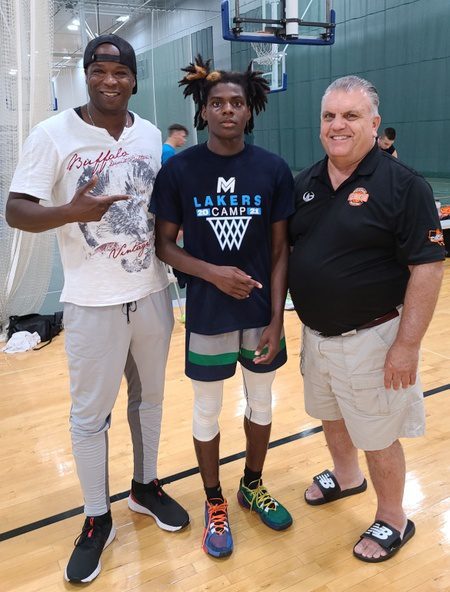
Dell Johnson is a gold-level basketball coach who has completed over 1,200 sessions with CoachUp athletes.
He is based in central Michigan and can be contacted through his profile here!
How useful was this post?
Click on a star to rate it!
Average rating 4.8 / 5. Vote count: 5
No votes so far! Be the first to rate this post.
